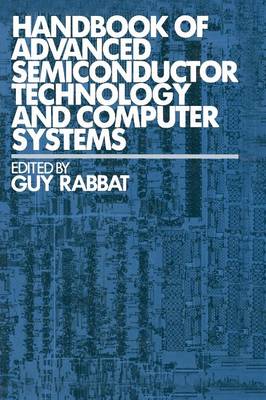Van Nostrand Reinhold Electrical/Computer Science and Engineering
1 total work
Handbook of Advanced Semiconductor Technology and Computer Systems
by Guy Rabbat
Published January 1988
Chapter I describes deposition as a basic microelectronics technique. Plasma enhanced chemical vapor deposition (PECVD) is a technique widely accepted in microelectronics for the deposition of amorphous dielectric films such as silicon nitride and silicon oxide. The main advantage of PECVD stems from the intro duction of plasma energy to the CVD environment, which makes it possible to promote chemical reactions at relatively low temperatures. A natural extension of this is to use this plasma energy to lower the temperature required to obtain a crystalline deposit. This chapter discusses the PECVD technique and its ap plication to the deposition of dielectric, semiconductor, and conductor films of interest to microelectronics. Chapter 2 acquaints the reader with the technology and capabilities of plasma processing. Batch etching reactors and etching processes are approaching ma turity after more than ten years of development. Requirements of anisotropic and selective etching have been met using a variety of reactor configurations and etching gases. The present emphasis is the integration of plasma etching processes into the overall fabrication sequence. Chapter 3 reviews recent advances in high pressure oxidation technology and its applications to integrated circuits. The high pressure oxidation system, oxi dation mechanisms, oxidation-induced stacking faults, impurity segregation, and oxide quality are described. Applications to bipolar and MOS devices are also presented.
